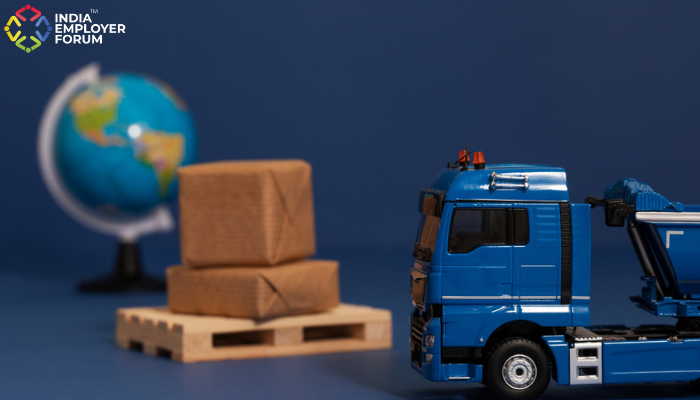In the wake of geopolitical shifts and economic uncertainties, businesses worldwide are reevaluating their supply chain strategies. The China+1 approach has emerged as a pivotal strategy for companies seeking to mitigate risks and optimise their manufacturing operations. For India, this presents a golden opportunity to position itself as a premier destination for global manufacturing investments.
Understanding the China+1 Strategy
The China+1 strategy entails diversifying manufacturing bases beyond China, reducing dependency on a single market, and spreading risk across multiple locations. India, with its vast pool of skilled labour, favourable demographic dividend, and burgeoning infrastructure, stands out as an attractive alternative for companies looking to expand or relocate their manufacturing facilities.
India’s Economic Reforms and Policy Initiatives
One of the key drivers behind India’s allure is its commitment to economic reforms and ease of doing business initiatives. Recent policy reforms, such as the introduction of production-linked incentives (PLI) across various sectors, have incentivized both domestic and foreign investments, bolstering India’s manufacturing capabilities. These measures aim to enhance competitiveness, boost exports, and integrate Indian industries into global value chains.
Strategic Location and Infrastructure Development
Moreover, India’s strategic location offers proximity to key markets in Asia, Europe, and Africa, facilitating efficient distribution networks. With improving connectivity through initiatives like the Bharatmala project and dedicated freight corridors, logistics bottlenecks are being addressed, further enhancing India’s appeal as a manufacturing hub.
Sectors Benefiting from the China+1 Strategy
Several sectors in India have already begun reaping the benefits of the China+1 strategy. Electronics, automotive, pharmaceuticals, and textiles have witnessed a surge in investments and production capacities. Global giants like Samsung, Apple, and Tesla have either set up or announced plans to establish manufacturing units in India, underscoring the country’s growing significance in the global supply chain landscape.
Sustainability and Green Manufacturing
Furthermore, India’s proactive approach towards sustainability and green manufacturing aligns with the evolving preferences of consumers and regulators worldwide. By adopting eco-friendly practices and investing in renewable energy sources, Indian manufacturers are reducing their carbon footprint and enhancing their competitiveness in the international market.
Challenges and the Way Forward
However, realising India’s full potential as a manufacturing powerhouse requires concerted efforts from both the public and private sectors. Addressing infrastructural bottlenecks, streamlining regulatory processes, and investing in skill development are imperative to attract more investments and foster sustainable growth.
Conclusion
In conclusion, the China+1 strategy presents a transformative opportunity for India to emerge as a dominant player in the global manufacturing landscape. By leveraging its inherent strengths, embracing innovation, and fostering a conducive business environment, India can chart a trajectory of inclusive growth and prosperity while reshaping the dynamics of global supply chains.
References:
- China-PLUS-One is an opportunity for Indian firms | The Hindu | May 2022
- From China to India: Leveraging the China Plus One Strategy for a Resilient Manufacturing Supply Chain | Medium | May 2023






